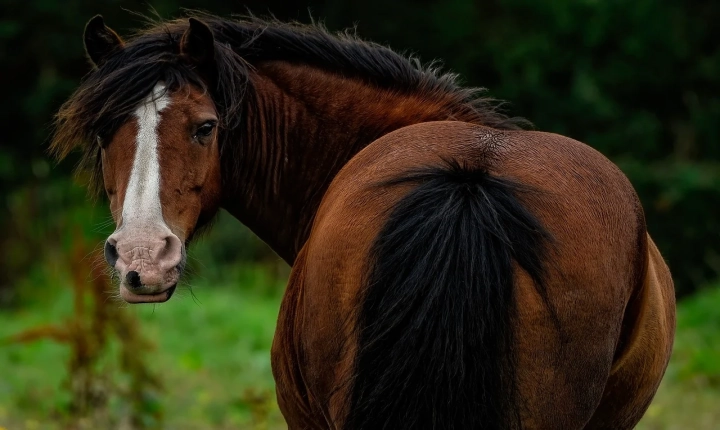Title: Creating an Object Recognition Project Using AI
With the rapid progress of artificial intelligence (AI) technology, object recognition has become one of the most exciting and practical applications. From intelligent surveillance systems to automated quality control in manufacturing, object recognition using AI has found extensive use across various industries. In this article, we’ll explore how to create a project for object recognition using AI, leveraging the power of deep learning algorithms and neural networks.
1. Understand the Basics of Object Recognition
Before diving into the technical details, it’s essential to understand the basics of object recognition. Object recognition involves the process of identifying and classifying objects within an image or video. This process requires the AI model to be trained on a dataset of labeled images, which helps it learn the distinguishing features of different objects.
2. Choose a Deep Learning Framework
To build an object recognition project using AI, you need to select a deep learning framework. Popular choices include TensorFlow, PyTorch, and Keras. These frameworks provide a wide range of tools and resources for developing and training deep learning models.
3. Collect and Prepare the Dataset
The performance of an object recognition AI model heavily depends on the quality and diversity of the dataset used for training. It’s crucial to collect a sizable dataset containing images of various objects that you want the model to recognize. Additionally, the dataset should be labeled with the correct object categories.
4. Preprocess the Data
Once the dataset is collected, it needs to be preprocessed before being fed into the AI model. This involves tasks such as resizing images to a consistent size, normalizing pixel values, and augmenting the data to increase its diversity and robustness.
5. Choose a Neural Network Architecture
The choice of neural network architecture greatly influences the model’s performance. For object recognition tasks, convolutional neural networks (CNNs) are commonly used due to their ability to capture spatial hierarchies in images. Architectures like ResNet, Inception, and VGG have proven to be effective for object recognition.
6. Train the Model
Now it’s time to train the AI model using the preprocessed dataset. This involves feeding the images into the model, adjusting the model’s parameters through backpropagation, and optimizing the model’s performance using various techniques such as dropout and batch normalization.
7. Evaluate and Fine-Tune the Model
After the initial training, the model needs to be evaluated using a separate validation dataset to assess its accuracy and generalization capabilities. If the performance is not satisfactory, the model may need to be fine-tuned by adjusting hyperparameters, changing the architecture, or adding more training data.
8. Deploy the Model
Once the model has been trained and optimized, it can be deployed for real-world applications. This may involve integrating the model into a mobile app, a web service, or an embedded system, depending on the specific use case.
9. Continuous Improvement
Object recognition AI models can benefit from continuous improvement through ongoing training with new data and reevaluation of the model’s performance. Real-world feedback and usage can provide valuable insights for further enhancing the model’s accuracy and robustness.
In conclusion, creating an object recognition project using AI involves a series of detailed steps, from data collection and preprocessing to model training and deployment. By harnessing the capabilities of deep learning and neural networks, developers can build powerful and reliable object recognition systems that have the potential to revolutionize numerous industries.
